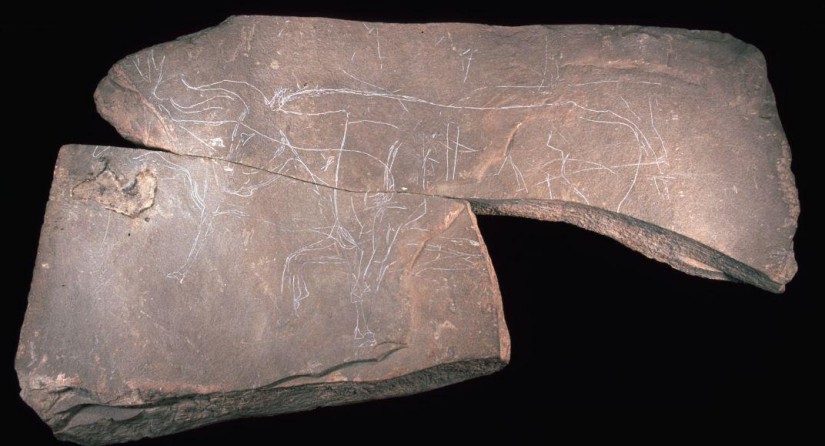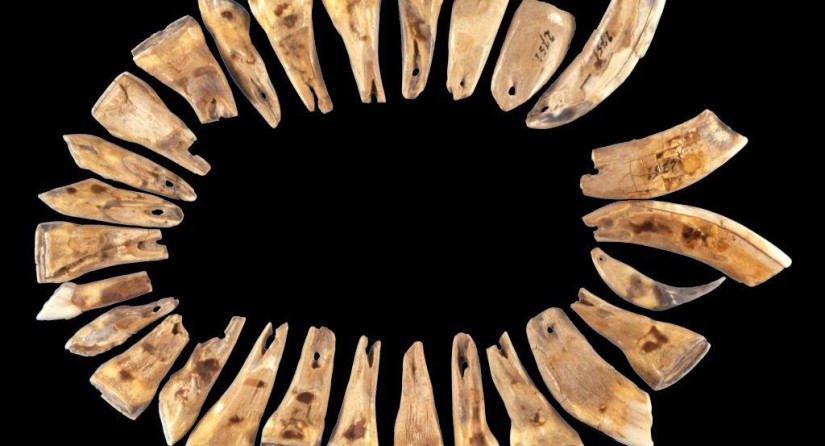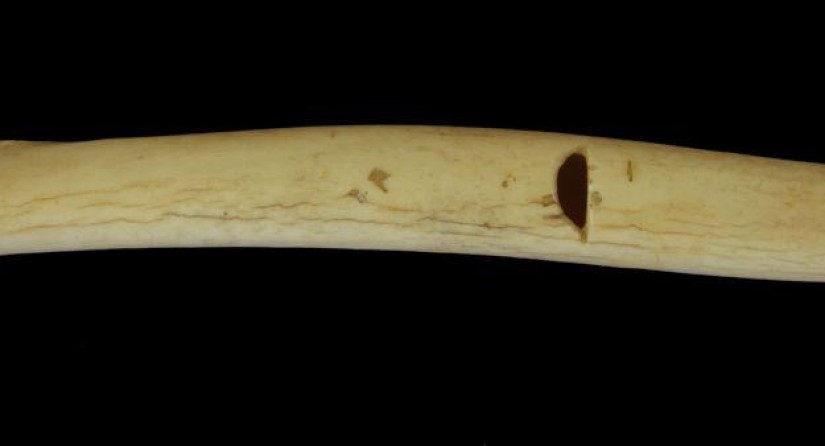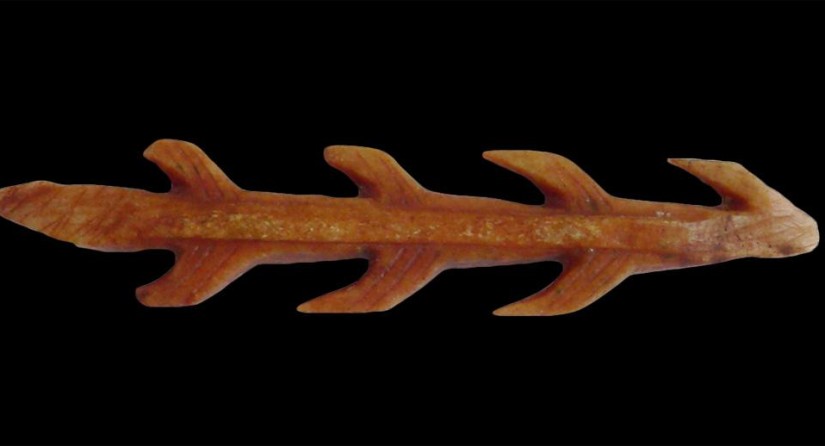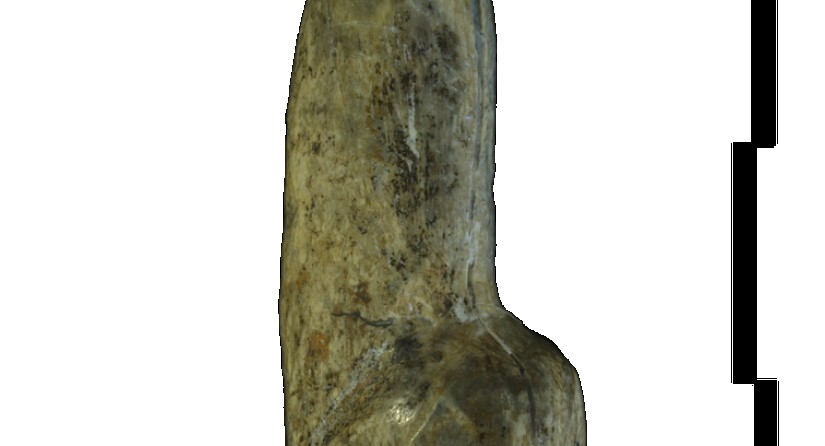The Most Ancient Belgian Art: Online And in 3D
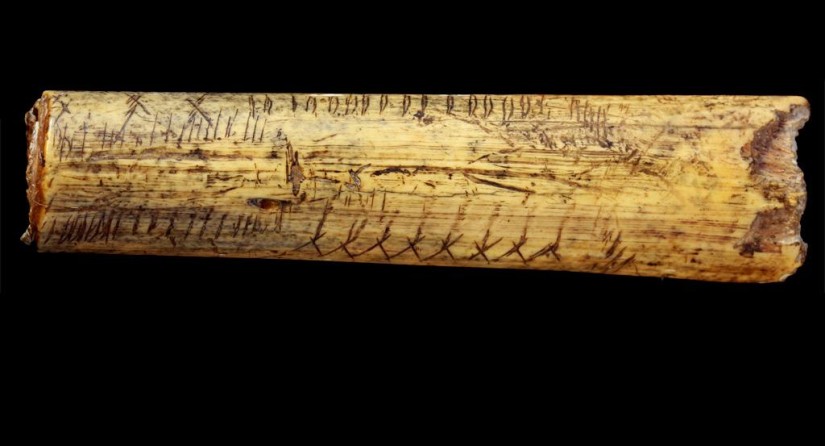
The Royal Belgian Institute of Natural Sciences (RBINS) has launched an online museum with the oldest art objects from Belgium. The website contains around forty iconic and unique artefacts of more than 12,000 years old, including jewellery, ornamented hunting objects, and the only Belgian Venus statuette from that era. Every single object can be seen in 3D.
On the occasion of the Lascaux exhibition in 2014, experts from our Institute have digitalised the oldest Belgian art objects, in collaboration with the Royal Museums of Art and History (RMAH). Most artefacts originate from our collections, while others come from the RMAH, the University of Liège and a number of private collections. A team from the RBINS has scanned the objects in order to display them in 3D, and a majority has been introduced into a virtual museum. In that way everybody can take a look at these unique artefacts, as they are too fragile to be exhibited in a real-life museum.
The website consists of schematic displays of animals, artefacts with engraved lines and an anthropomorphic statuette. Most of these icons in figurative art have been discovered about 150 years ago, spread over nine sites around Belgium. They stem from the Upper Paleolithic or Late Stone Age (between 40,000 and 12,000 years ago), bearing witness to a large variety of techniques, materials and depicted subjects. Many artefacts date from the Magdalenian period (towards the final stages of the Upper Paleolithic between 17,000 and 12,000 years ago), but some are older, going back to the Aurignacian culture when Homo sapiens came to settle in Western Europe (between 39,000 and 28,000 years ago). The virtual museum accommodates the oldest art objects from Belgium. However, this does not include the oldest artefact of the world. The earliest expressions of art known to man were discovered in South Africa and are 80,000 years old.
Thousand Pictures
Archaeologist and expert in 3D computer graphics, Aurore Mathys, has scanned about forty of these palaeolithic mobile art objects with the help of a structured light scanner. ‘It’s a classic scanner that projects stripes of light onto the object. As a result of the curvatures of the surface, the stripes take on a different shape. The camera photographs these waving stripes, and through these deformations the scanning software calculates the shape of the object’. At least 24 recordings are needed to reconstruct one object three-dimensionally. ‘The necklace of Goyet – 11 beads made out of horse teeth – demanded the most effort but I am relatively satisfied with the result…’ Another challenge for the team was the stone of Chaleux, which is engraved on both sides. The actual stone can even be viewed in our Gallery of Humankind. No less than 60 image recordings have been made for this.
Scratches Under A Magnifying Glass
‘My favourite artefact? The bone from Trou des Nutons’, explains Aurore, ‘because depending how you look at it, either a bovine animal or a mammoth will appear. That fascinates me. Whether or not it has been engraved that way on purpose is a different question’. The efforts of our team are important to scientists: they have the capability to examine the objects again from a distance in order to find out, for instance, if a scratch has been made on purpose or whether it was a ‘faux pas’.

This fragment of reindeer antler bears fine engraving:
held one way, it is decorated with a bison, but when
turned upside down, you can make out a mammoth.
(Photo: RBINS)
Venus Statuette
One can search the website by category or by archaeological site: the Spy Cave, the Trou de Chaleux, the caverns of Goyet,… You will be able to discover jewellery, ornamented hunting objects, incised objects that makes one think of a notation system, and the only paleolithic Venus statuette to be found in Belgium. This small statue made out of mammoth ivory has been found in the Trou Magritte near the city of Dinant. It dates back to the Gravettian era (between 28,000 and 22,000 years ago). Every artefact can be observed from three dimensions, accompanied with a description and often an interpretation of its meaning.
